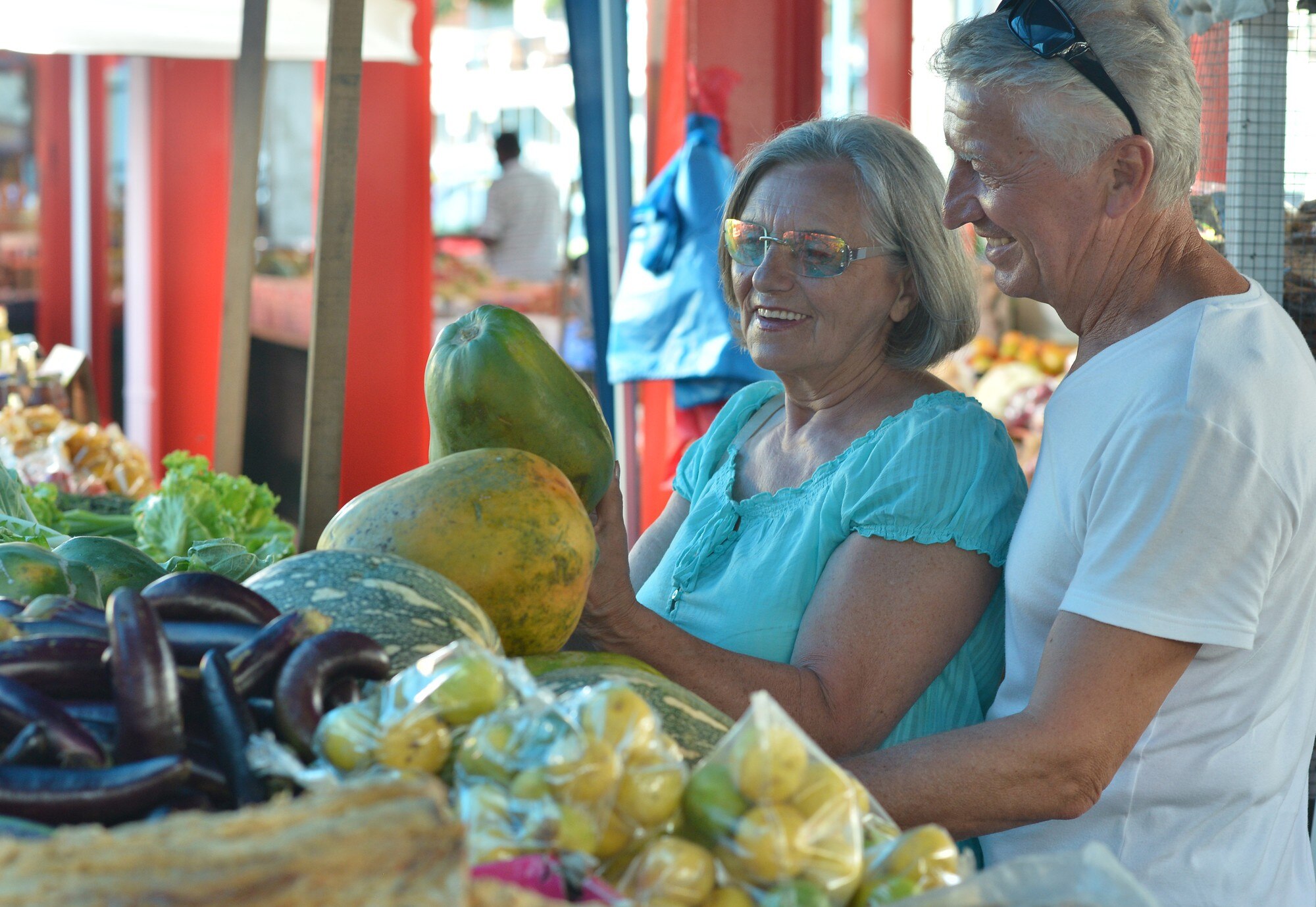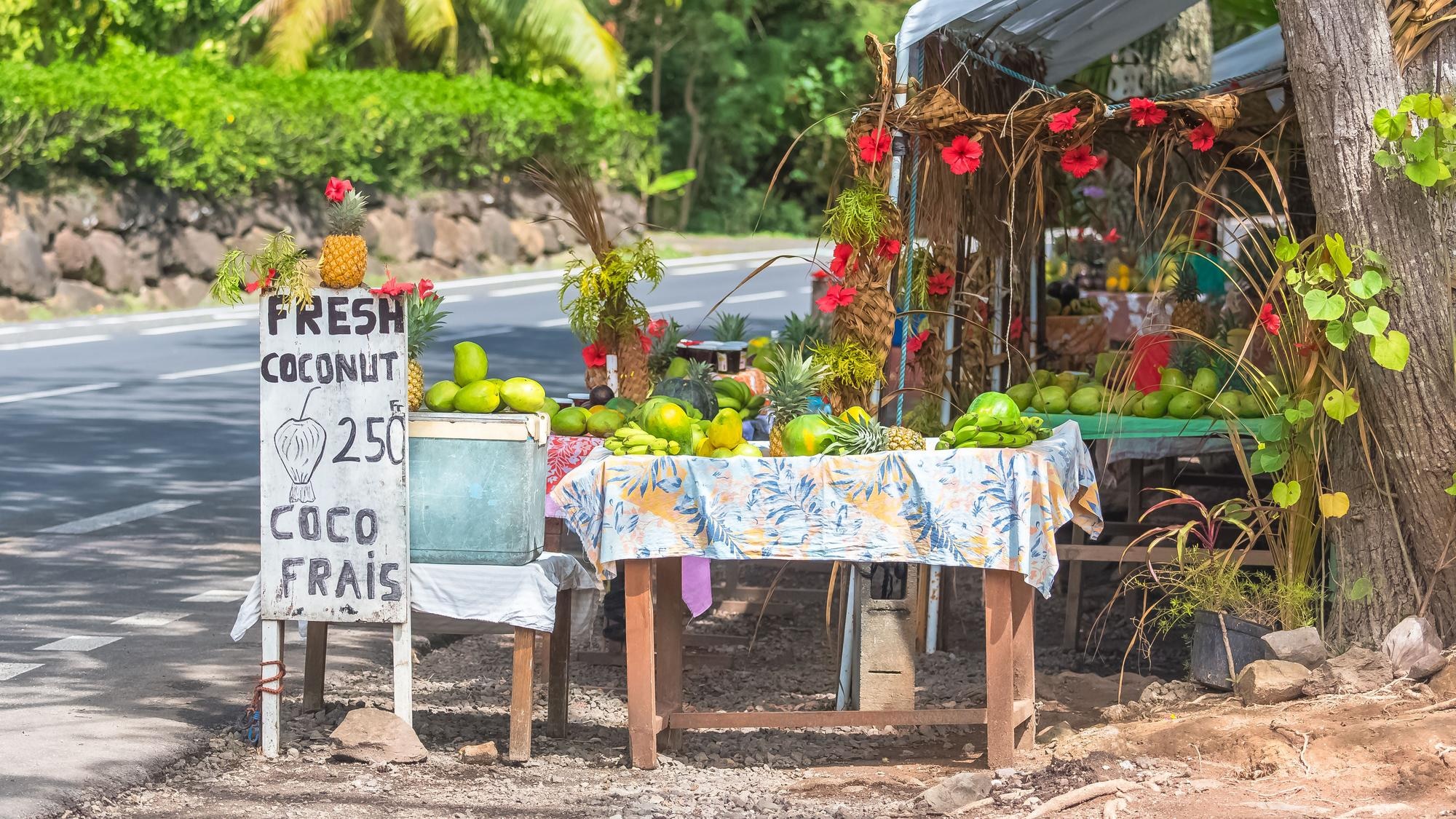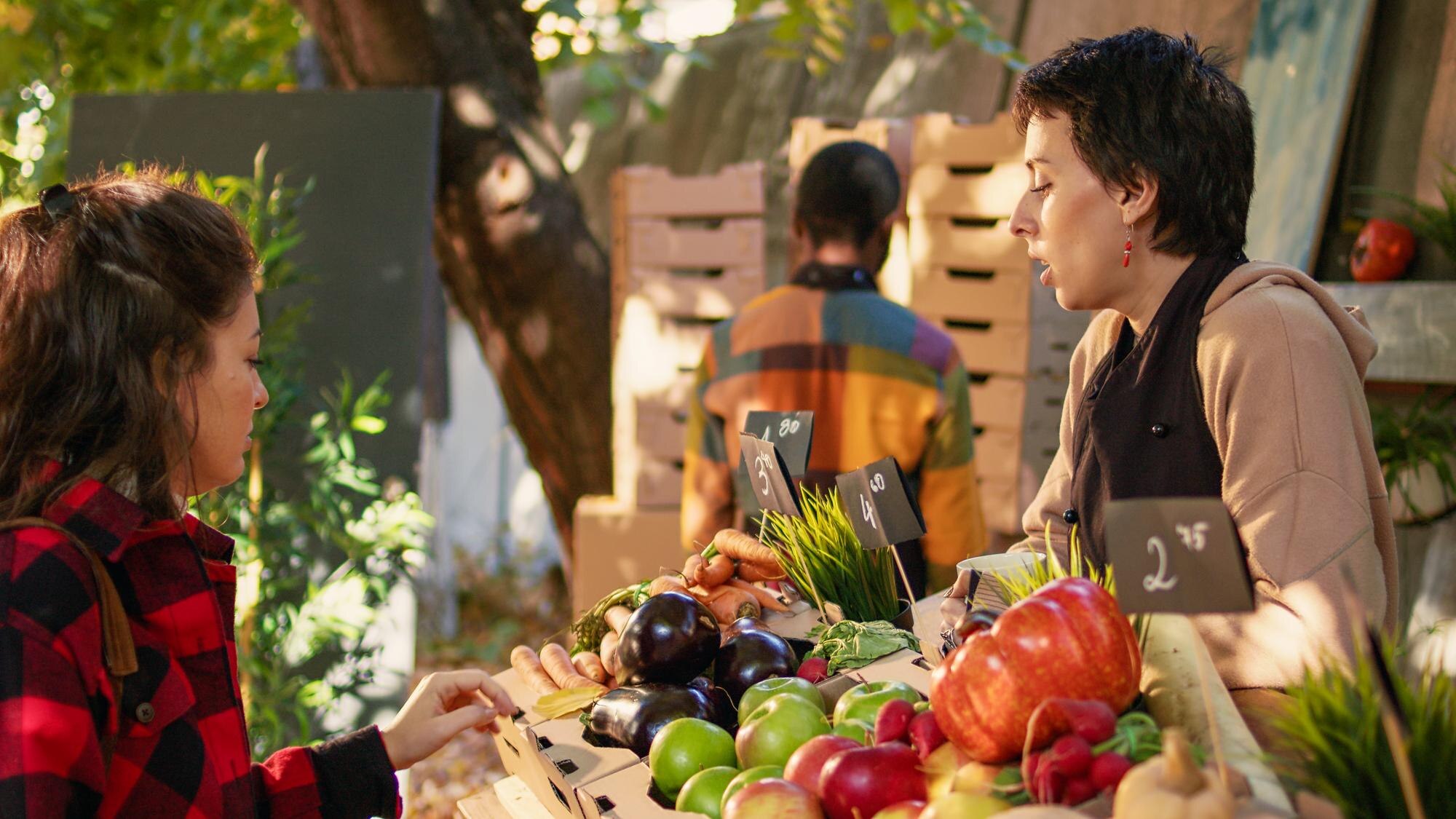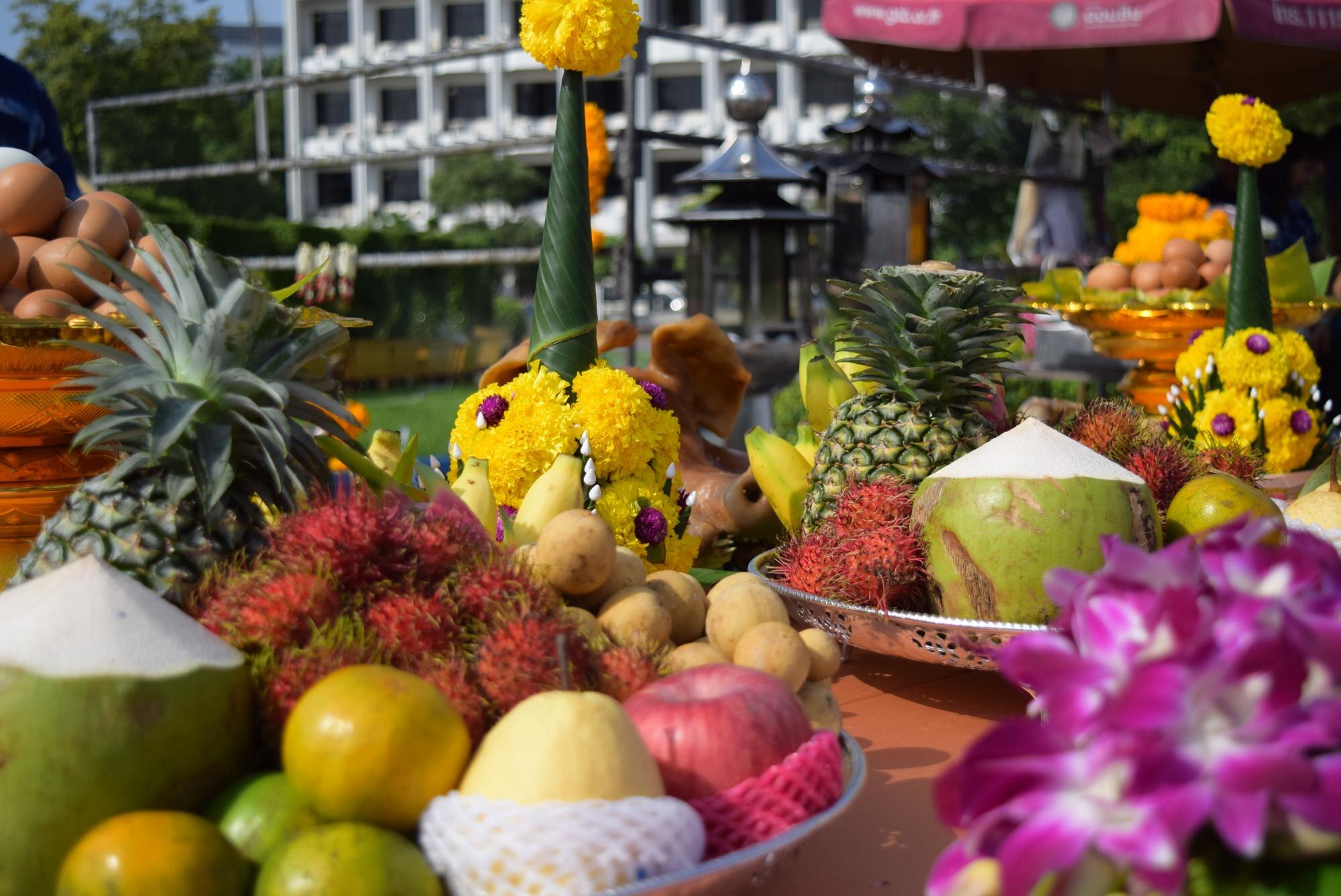Discover Waikiki Farmers' Markets: A Foodie's Paradise in Hawaii
Waikiki Farmers' Markets are a true haven for food lovers and culture seekers alike, nestled in the vibrant heart of Hawaii. These bustling markets offer an abundance of local produce from Hawaii, where you can savor fresh fruits and vegetables straight from the island's lush farms. Are you ready to explore the rich tapestry of Waikiki food culture? From exotic spices to handmade crafts, these markets provide a sensory experience that's hard to beat. Whether you're a seasoned traveler or a novice looking for farmers market tips, our Hawaii farmer's market guide will help you navigate the lively stalls and connect with the passionate vendors who make this experience unforgettable.
Waikiki Farmers' Markets Overview
The Waikiki Farmers' Markets are a cornerstone of Hawaiian life, featuring everything from fresh produce to unique crafts. Each market offers a slice of local culture, drawing visitors eager to taste and experience the island's rich offerings. This section provides an overview of what makes these markets a must-visit for any traveler.
A Glimpse of Local Produce
Local produce is at the heart of Waikiki Farmers' Markets. You’ll find an array of fresh fruits and vegetables that showcase Hawaii's agricultural bounty. From juicy pineapples to exotic mangoes, the produce here is both diverse and vibrant.
Unique produce also includes taro, a staple in Hawaiian cuisine. Vendors often provide samples, encouraging visitors to try before they buy. This hands-on approach offers a more engaging shopping experience.
Connecting with local farmers is another highlight. These markets provide a platform for farmers to share their stories, offering insights into sustainable practices and the significance of their crops. This connection enhances the overall market experience, giving visitors a deeper understanding of Hawaiian agriculture.
Why Visit These Markets?
Visiting Waikiki Farmers' Markets offers more than just shopping. These markets are vibrant hubs of activity where visitors can immerse themselves in local culture. From live music to cooking demonstrations, there's always something happening.
Exploring these markets is an opportunity to engage with the community. Vendors are eager to share stories and recommendations, making it a personalized experience. It’s a chance to learn about Hawaii's unique culinary heritage.
Supporting local economies is another key reason to visit. Purchasing directly from farmers and artisans helps maintain the vitality of these communities. Visitors not only take home unique items but also contribute to the sustainability of the local economy.
Farmers Market Tips for Tourists
For tourists, navigating a new market can be daunting. Here are some tips to make the most of your visit.
- Arrive early to get the best selection of produce and goods.
- Bring cash as not all vendors accept credit cards.
- Chat with vendors to learn about their products and recommendations.
- Sample everything before making purchases to ensure satisfaction.
Considerations also include bringing your own bags to carry purchases and wearing comfortable shoes for walking. These simple steps can enhance your market visit, making it a memorable part of your trip.
Exploring Market Highlights
 Each market in Waikiki has its own highlights, offering a unique experience for visitors. From local delicacies to handcrafted treasures, there's something for everyone. This section explores the standout features you won't want to miss.
Each market in Waikiki has its own highlights, offering a unique experience for visitors. From local delicacies to handcrafted treasures, there's something for everyone. This section explores the standout features you won't want to miss.
Unique Hawaiian Foods
Hawaii's diverse culinary scene is reflected in its farmers' markets. Here, you can taste unique local foods that capture the essence of the islands.
Poi, made from taro, is a traditional staple. Its distinct flavor might be an acquired taste, but it's a must-try for those seeking authenticity.
You'll also find poke bowls, featuring fresh raw fish seasoned with Hawaiian spices. It's a delicious representation of local fishing practices and flavors.
Sweet treats like malasadas, sugar-dusted doughnuts, are another highlight. These indulgences showcase the influence of various cultures on Hawaiian cuisine, making them a delightful addition to your market adventure.
Must-Try Local Delicacies
Among the many offerings at Waikiki Farmers' Markets, certain delicacies stand out. These are the must-try bites that capture the essence of Hawaiian flavors.
Lomi-lomi salmon is a traditional Hawaiian dish that combines fresh salmon with tomatoes, onions, and spices. Its refreshing taste makes it a popular choice among locals and tourists alike.
Kalua pork, slow-cooked in an underground oven, is another favorite. Its smoky flavor and tender texture make it a memorable dish you won't forget.
Haupia coconut pudding is a sweet end to any market visit. Its creamy texture and subtle coconut flavor are a testament to Hawaii's rich culinary heritage.
Handcrafted Treasures and Souvenirs
Beyond food, the Waikiki Farmers' Markets offer a variety of handcrafted treasures and souvenirs. These items reflect the creativity and talent of local artisans.
Jewelry made from shells and pearls showcases the natural beauty of Hawaii. These pieces make for unique and meaningful gifts or personal keepsakes.
Handmade crafts such as woven baskets and carved wooden items highlight traditional Hawaiian craftsmanship. Each piece tells a story, offering insight into local culture and history.
Supporting artisans by purchasing their work is a way to contribute to the preservation of these traditional skills. It's a chance to take a piece of Hawaii home, making your visit truly memorable.
Understanding Waikiki Food Culture
 Waikiki's food culture is a blend of traditional and modern influences, offering a unique culinary experience. This section delves into the elements that define this vibrant food scene, from fresh ingredients to fusion dishes.
Waikiki's food culture is a blend of traditional and modern influences, offering a unique culinary experience. This section delves into the elements that define this vibrant food scene, from fresh ingredients to fusion dishes.
The Role of Fresh Ingredients
Fresh ingredients are the cornerstone of Waikiki food culture. The emphasis on locally sourced produce ensures that every dish bursts with flavor and authenticity.
Tropical fruits like papaya and passion fruit are staples in Hawaiian cuisine. They add a fresh, vibrant taste that is hard to replicate elsewhere.
Local seafood is another critical component. Freshly caught fish and shellfish are central to many traditional dishes, highlighting the island's rich maritime resources.
Seasonal produce means that menus frequently change, offering new experiences with each visit. This focus on freshness and seasonality is what makes Waikiki food culture so dynamic and appealing.
Traditional Hawaiian Flavors
Traditional Hawaiian flavors are an integral part of Waikiki's culinary landscape. These flavors have been shaped by the island's history and cultural influences.
Soy sauce and ginger are commonly used in Hawaiian cooking, reflecting Asian influences. These flavors are often combined with local ingredients to create unique dishes.
Seaweed, or limu, is another traditional ingredient, adding umami and texture to various dishes. It's a staple in salads and poke bowls.
Sweet and savory combinations are popular in Hawaiian cuisine. Dishes often feature contrasting flavors that create a well-balanced and satisfying dining experience.
Fusion Dishes You Can't Miss
Waikiki's food culture is known for its fusion dishes, which blend traditional Hawaiian flavors with international influences. These innovative creations are a testament to Hawaii's diverse culinary heritage.
Spam musubi is a perfect example of fusion cuisine. It combines Japanese and Hawaiian elements, resulting in a delicious snack that's both familiar and exotic.
Loco moco, a dish featuring rice, hamburger patty, fried egg, and gravy, showcases an American twist on local flavors. It's a hearty meal that embodies the spirit of fusion cooking.
Shrimp trucks serving garlic shrimp are another highlight. This dish blends local seafood with international spices, creating a flavor explosion that's hard to resist.
Planning Your Market Visit
 A visit to Waikiki Farmers' Markets requires a bit of planning to ensure you make the most of your experience. From timing your visit to navigating the stalls, this section provides essential tips to help you prepare.
A visit to Waikiki Farmers' Markets requires a bit of planning to ensure you make the most of your experience. From timing your visit to navigating the stalls, this section provides essential tips to help you prepare.
Best Days and Times
Timing is crucial for a successful market visit. Knowing when to go can make a significant difference in your experience.
- Weekends are typically the busiest times, offering the most vendors and activities.
- Early mornings are ideal for those looking to avoid crowds and have first pick of the produce.
- Late afternoons might have fewer crowds, but the selection can be more limited.
Seasonal events and special market days also offer unique opportunities to experience the best of Waikiki's farmers' markets. Checking local schedules can help you plan your visit accordingly.
Navigating the Market Scene
Navigating the bustling market scene can be overwhelming without a plan. Here are some tips to help you find your way and make the most of your visit.
- Map out your route before you arrive. Knowing which stalls you want to visit can save time and ensure you don't miss out on anything important.
- Take your time to explore the market. Rushing can lead to overlooked treasures and missed experiences.
- Interact with vendors to learn about the products and their stories. This interaction can provide a deeper understanding of the market's offerings.
Market maps are often available online or at the market entrance. These resources can help guide your exploration and enhance your experience.
Kid-Friendly Activities
Waikiki Farmers' Markets aren't just for adults; they're also a great destination for families.
Interactive activities like cooking demonstrations and craft workshops are perfect for kids. These activities engage young visitors and provide fun learning opportunities.
Storytelling sessions about Hawaiian culture and traditions can capture the imagination of young attendees. It's a chance for families to learn together.
Family-friendly amenities such as rest areas and snack stands make it easy to spend a day at the market with kids. These conveniences ensure a comfortable and enjoyable visit for the whole family.
Connecting with Local Farmers
 Connecting with local farmers is a rewarding aspect of visiting Waikiki Farmers' Markets. This section explores how these interactions provide insights into sustainable practices and community support.
Connecting with local farmers is a rewarding aspect of visiting Waikiki Farmers' Markets. This section explores how these interactions provide insights into sustainable practices and community support.
Meet the Growers
Meeting the growers at Waikiki Farmers' Markets offers a unique opportunity to learn about local agriculture. These personal interactions add depth to your market experience.
Farmers are often eager to share their knowledge about their products and farming techniques. This exchange can provide valuable insights into the cultivation and harvesting processes.
Learning about the challenges and successes of local farming can enhance your appreciation for the produce available at the market. It’s a chance to understand the dedication and passion behind each item.
Building relationships with farmers can lead to more personalized recommendations and a deeper connection to the local community. These interactions make each market visit unique and memorable.
Sustainable Farming Practices
Sustainable farming practices are a key focus for many vendors at Waikiki Farmers' Markets. These practices ensure that agriculture on the islands remains viable and environmentally friendly.
- Organic farming methods are commonly used to promote soil health and biodiversity.
- Water conservation techniques are crucial on an island where resources can be limited.
- Crop rotation and other sustainable strategies help maintain soil fertility and reduce the need for chemical inputs.
Supporting sustainable practices by purchasing from these vendors contributes to the long-term health of Hawaii's ecosystem. It's a way to enjoy delicious produce while making a positive impact.
Supporting the Community
Visiting Waikiki Farmers' Markets is not just about shopping; it's about supporting the community. These markets play a vital role in maintaining the local economy and cultural heritage.
Purchasing directly from farmers ensures that more money stays within the community, supporting local businesses and families.
Engaging with cultural activities at the market helps preserve Hawaiian traditions and promotes cultural understanding among visitors and residents alike.
Building a sense of community by participating in market events fosters connections between locals and tourists, creating a welcoming atmosphere that benefits everyone involved.
